When it comes to mobile crushing equipment, choosing between a tracked stone crusher and a wheel - type mobile crusher can significantly impact your project's efficiency, cost, and overall success. While both are designed to crush materials on - site, their differences in mobility, terrain adaptability, and performance make them suited for distinct applications. In this blog, we’ll break down the key differences to help you decide which is right for your needs.
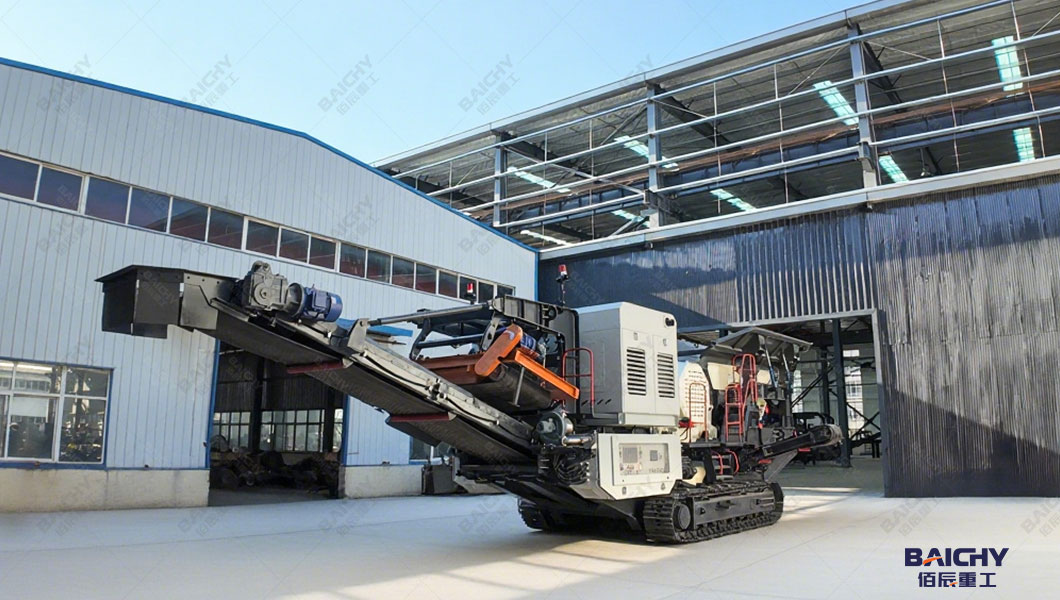
1. Mobility and Terrain Adaptability
Tracked Stone Crushers: Conquer Rough Terrain
Tracked mobile crushers are built with a crawler - based undercarriage, similar to tanks or excavators. This design allows them to navigate extremely rough, uneven, or soft terrains with ease. Whether it’s a muddy construction site, a steep mining slope, or a remote quarry with no paved roads, tracked crushers can move smoothly without getting stuck.
Their low ground pressure (the weight distributed over the tracks) prevents them from sinking in soft soils, making them ideal for wet or unstable environments. For example, in Australian gold mines or African diamond quarries, where terrain is often rugged and unpredictable, tracked crushers are the go - to choice for on - site crushing.
Wheel - Type Mobile Crushers: Thrive on Flat, Hard Surfaces
Wheel - type mobile crushers, as the name suggests, use rubber tires for movement. They excel on flat, hard surfaces like paved roads, concrete yards, or well - maintained job sites. They can reach higher travel speeds (up to 25 km/h) compared to tracked models (usually 3 - 5 km/h), making them easier to transport between nearby locations on public roads—no need for a low - loader truck for short distances.
However, their tires struggle in soft or uneven terrain. Mud, gravel, or steep slopes can cause wheel - type crushers to lose traction, limiting their use in remote or challenging environments.
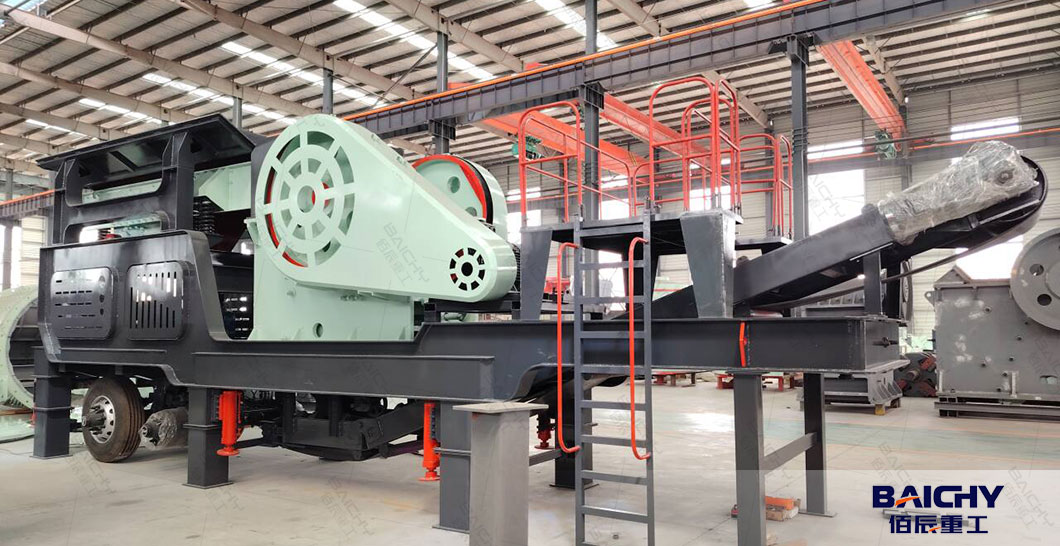
2. Setup and Transportation
Tracked Crushers: Quick On - Site Deployment
Tracked stone crushers are designed for rapid on - site setup. Once delivered to the job site (often via a low - loader truck), they can be operational within hours. Their crawler tracks allow for precise positioning, even in tight spaces, so you can place them close to the material source—reducing the need to haul raw materials over long distances.
For large - scale projects like mining or demolition in remote areas, this quick deployment saves valuable time and labor costs.
Wheel - Type Crushers: Easy Long - Distance Transport
While wheel - type crushers may require more time to set up (e.g., deploying outriggers for stability), they shine when it comes to long - distance transportation. Many wheel - type models are road - legal, meaning they can be driven directly from one job site to another on public roads without needing a separate transport vehicle.
This makes them perfect for projects that require frequent movement between nearby locations, such as urban construction sites or aggregate supply for multiple road projects in the same region.
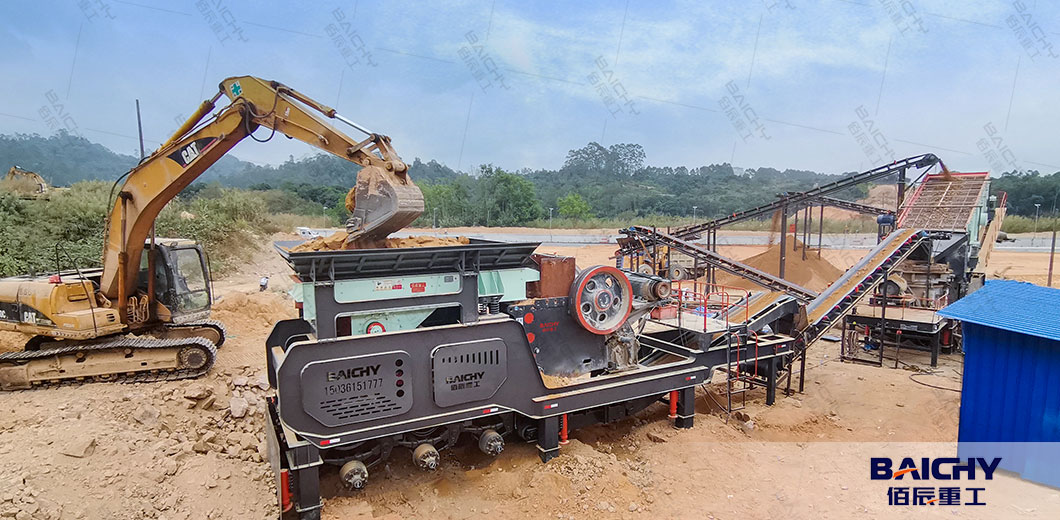
3. Performance and Application
Tracked Crushers: Heavy - Duty and Versatile
Tracked stone crushers are built for heavy - duty crushing tasks. They typically handle larger feed sizes and higher volumes (up to 500+ tph) than wheel - type models, making them ideal for mining, quarrying, and large - scale demolition. Their robust design allows them to crush hard materials like granite, basalt, and ore efficiently.
For example, in gold mining operations in Australia, tracked crushers are often used to process ore directly at the mine site, thanks to their ability to handle rough terrain and high - capacity crushing.
Wheel - Type Crushers: Flexible for Smaller Projects
Wheel - type mobile crushers are more suited for medium - to small - scale projects. They’re commonly used in construction waste recycling, asphalt crushing, or producing aggregates for local building projects. While they can handle materials like limestone, concrete, and bricks, they may struggle with extremely hard or abrasive rocks over extended periods.
Their compact size and faster road travel also make them a favorite for urban projects, where space is limited and moving between job sites is frequent.
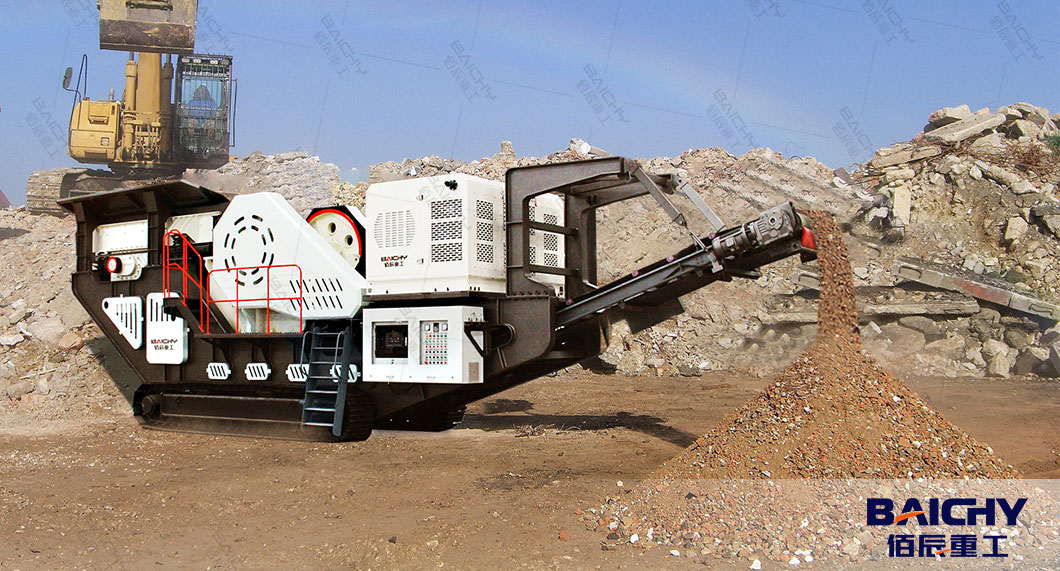
4. Cost and Maintenance
Tracked Crushers: Higher Initial Cost, Lower Long - Term Downtime
Tracked stone crushers generally have a higher upfront cost due to their complex crawler systems and heavy - duty components. However, their durability and ability to operate in harsh conditions reduce long - term downtime and repair costs—especially in remote areas where equipment breakdowns are costly to fix.
Maintenance for tracked systems focuses on track tension, roller bearings, and hydraulic components, which are designed to withstand heavy use.
Wheel - Type Crushers: Lower Initial Cost, Higher Tire Maintenance
Wheel - type mobile crushers have a lower initial purchase price, making them attractive for small to medium businesses. However, their tires are more prone to wear and damage, especially on rough surfaces. Replacing tires or repairing wheel - related issues can add up over time, especially if the crusher is used on unpaved sites.
Routine maintenance includes tire rotations, brake checks, and axle inspections—similar to heavy - duty trucks.
5. Environmental Impact
Tracked Crushers: Better for Low - Impact Sites
Tracked crushers distribute their weight over a larger surface area, reducing soil compaction compared to wheel - type models. This makes them a better choice for environmentally sensitive areas, such as nature reserves or wetlands, where preserving the terrain is critical.
Wheel - Type Crushers: More Fuel - Efficient on Roads
While wheel - type crushers may cause more soil compaction on soft ground, they are often more fuel - efficient when traveling on paved roads. Their higher speed reduces travel time between sites, lowering overall fuel consumption for short - distance moves.
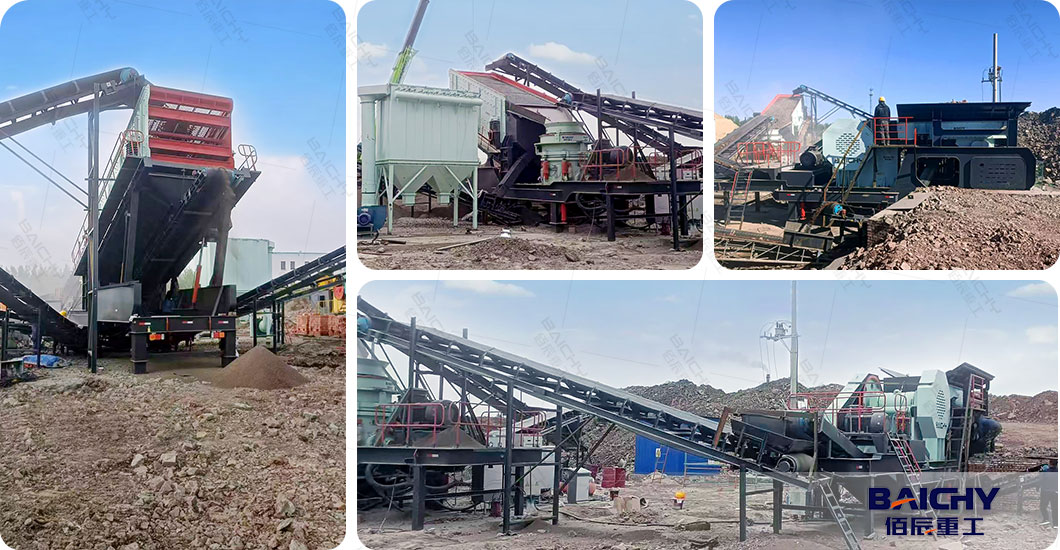
Which One Should You Choose?
- Choose a tracked stone crusher if: You work in mining, quarrying, or remote areas with rough terrain; need high capacity (150+ tph); or prioritize durability in harsh conditions.
- Choose a wheel - type mobile crusher if: You handle urban construction, recycling, or short - distance projects; need lower upfront costs; or require frequent road transport between job sites.
Both tracked and wheel - type mobile crushers have their strengths. By understanding their differences in mobility, performance, and cost, you can select the equipment that aligns with your project’s unique needs. For customized solutions—whether tracked or wheel - type—reach out to trusted manufacturers like Baichy Machinery to get expert advice tailored to your application.









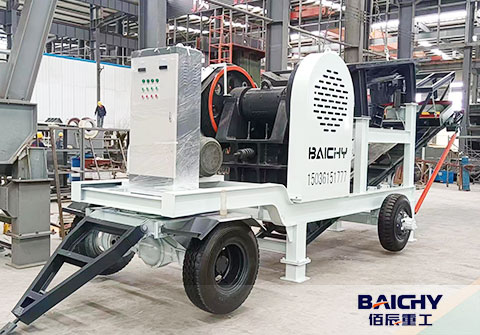
 2025-11-22
2025-11-22

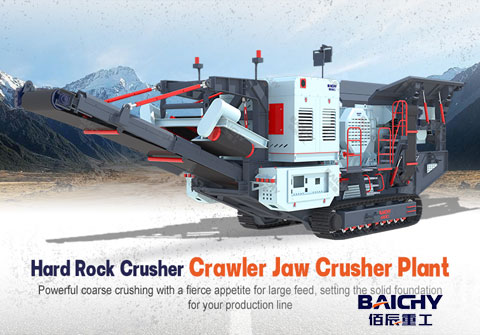
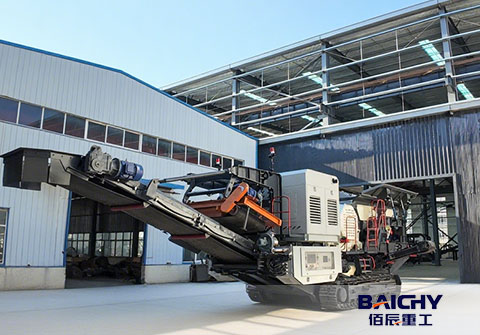
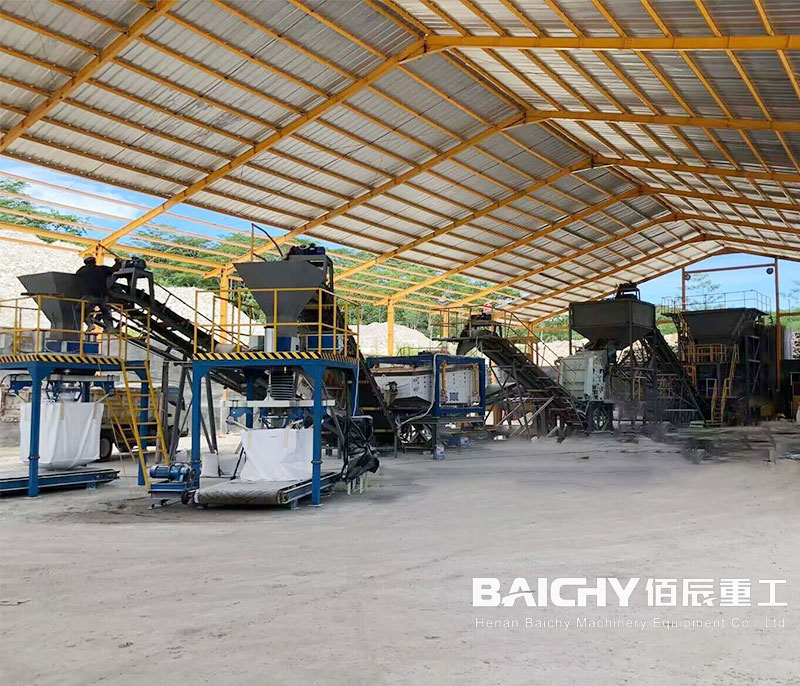
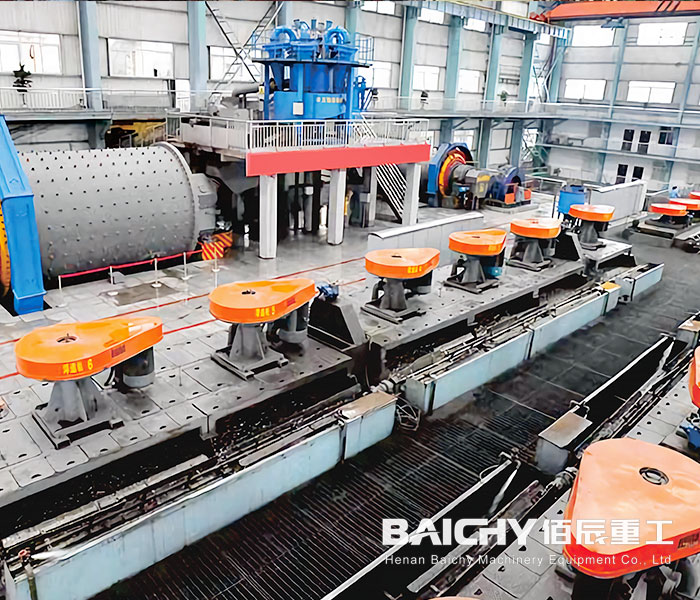
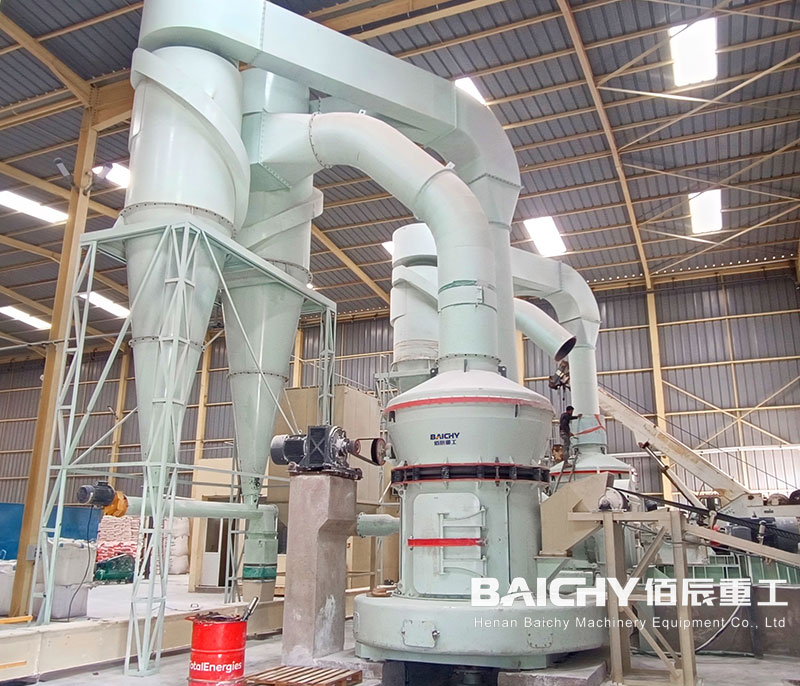
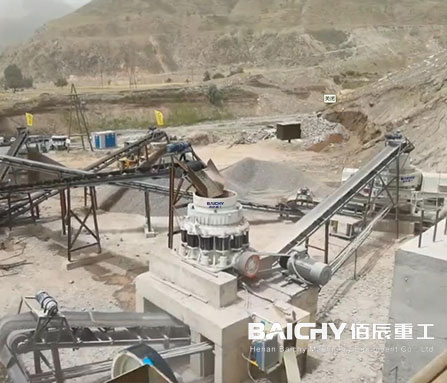














 86-15093113821
86-15093113821
 86-15093113821
86-15093113821

